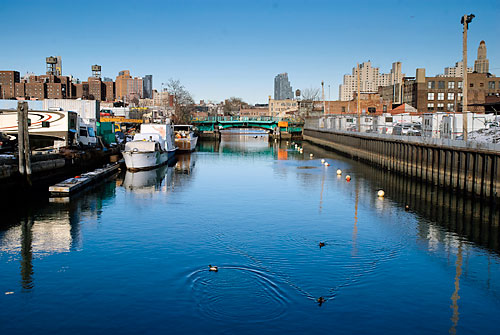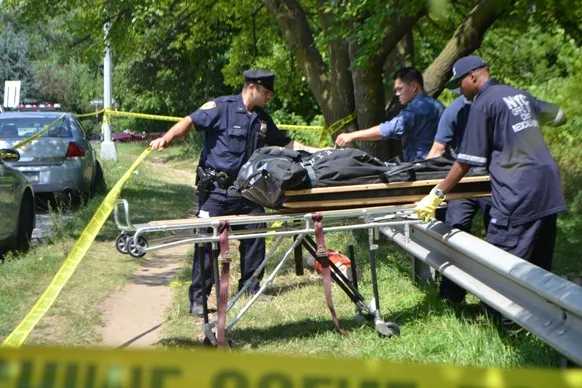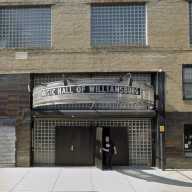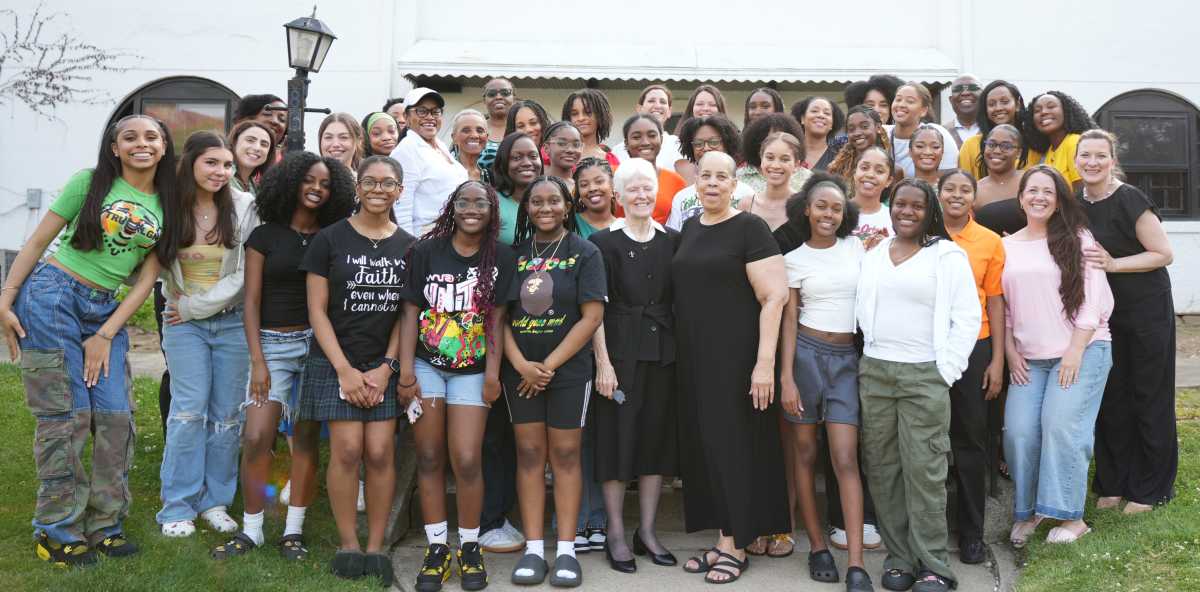The city is rolling the dice on an untested plan to stop human waste from flowing into Brooklyn’s most polluted waterways thanks to a new agreement with the state that delays a required overhaul of the borough’s inadequate sewer system.
Albany is letting the city spend $4 million to experiment with gardens, tree pits, and other greenery that could prevent some household sewage from draining into the Gowanus Canal and Newtown Creek during heavy rainstorms — allowing the Bloomberg administration see if the cheap, low-tech shrubs are a substitute for costlier brick-and-mortar repairs of the sewers themselves.
Under the deal, City Hall will pay a $200,000 fine because it failed to meet federal clean water standards for nearly two decades — but gain five years to see if the plantings can solve the putrid sewage problem.
If the scheme works, the foliage could save the city billions of dollars in sewer upgrades. If it doesn’t, the city must find an actual solution beginning in 2017.
Department of Environmental Protection Commissioner Carter Strickland touted the planting plan, saying soil and foliage can absorb some of the stormwater that otherwise overwhelms sewers, forcing a noxious mix of household waste and run-off into Brooklyn’s waters.
“[This] represents the next phase of building green infrastructure in our sidewalks, streets, and city-owned buildings at significant scale, and is the most significant step to date to saturate the Gowanus Canal [and] Newtown Creek,” Strickland said.
The tree pits, street plantings, and other water-thirsty shrubbery will line sidewalks and street ends in the drainage areas surrounding the waterways. The green roofs could be installed on a mix of public and private buildings, potentially keeping rainwater off the streets and out of the sewers and preventing sewer overflows.
But some environmentalists worry the city might be relying too heavily on mother nature’s power rather than focusing on a complete rehab of the sewers, which regularly dump feces into waterways that are so polluted they qualify as federal cleanup sites.
“It’s all about whether the city complies with water quality standards — if they can do it with green infrastructure, god bless them!” said Paul Gallay, the president of the environmental organization Riverkeeper.
Others blasted the Bloomberg administration for kicking the can down the river by pursuing a cheaper, experimental fix rather than tackling the problem at its root.
“The city actually stepped back from its earlier commitments to reducing combined sewer overflows,” said Kate Zidar, the executive director of the Newtown Creek Alliance.
In 1992, the state ordered the city to cut the amount of sewage in its sludgeways. Bureaucrats on both sides battled for nearly two decades before reaching a deal announced this week that allows City Hall to experiment with the above-ground plantings.
Councilman Brad Lander (D–Carroll Gardens) cheered the proposed greenery — so long as it doesn’t get in the way of a permanent fix for the vile viaducts.
“This is one important part of the broader water quality solution,” said Lander. “But I want the city to accelerate its long-term control process.”
The project is part of a $2.5-billion, citywide plan to reduce the flow of human waste and rainwater, dubbed combined sewage overflow, using flora.
As the city tinkers with the herbal remedy, it will commit $1.5 billion to actual sewer repairs across the boroughs. But that cash will only fund minor fixes at the Gowanus and Newtown Creek — and it would only represent a fraction of what it would cost to modernize the entire sewer system, officials said.
This isn’t the city’s first attempt at bringing foliage to the Gowanus Canal’s drainage area. Last summer, the Department of Environmental Protection unveiled four tree pits on Dean Street near Fourth Avenue in Park Slope that can hold up to 7,200 gallons of runoff during light rain storms.
In 2010, the Gowanus Canal Conservancy received a $580,000 city grant to line Sixth Street between Second an Fourth Avenues with water-hungry vegetation to soak up stormwater.
The latest project is scheduled to start later this year — but even the Conservancy admits green spaces won’t be enough.
“They’re not going to solve all the problems in the Gowanus Canal,” said Hans Hesselein, the group’s special projects director.






















